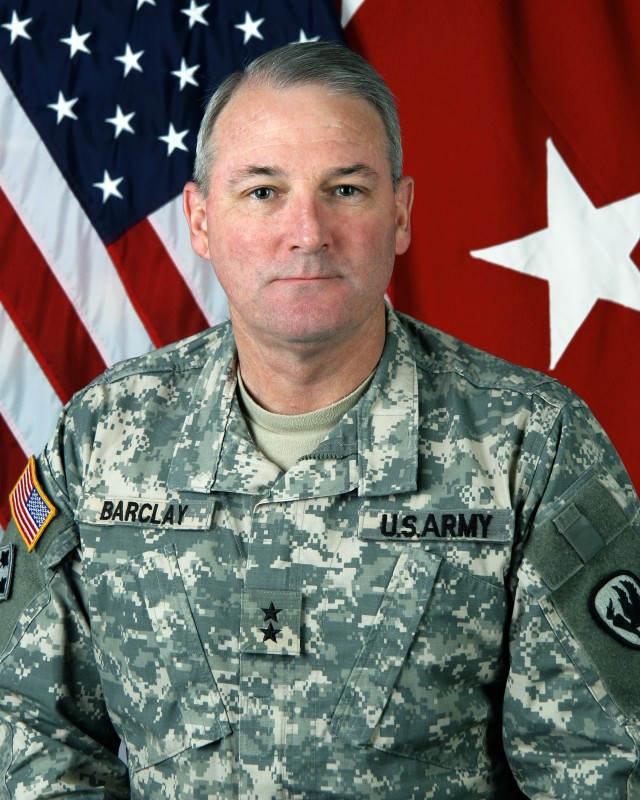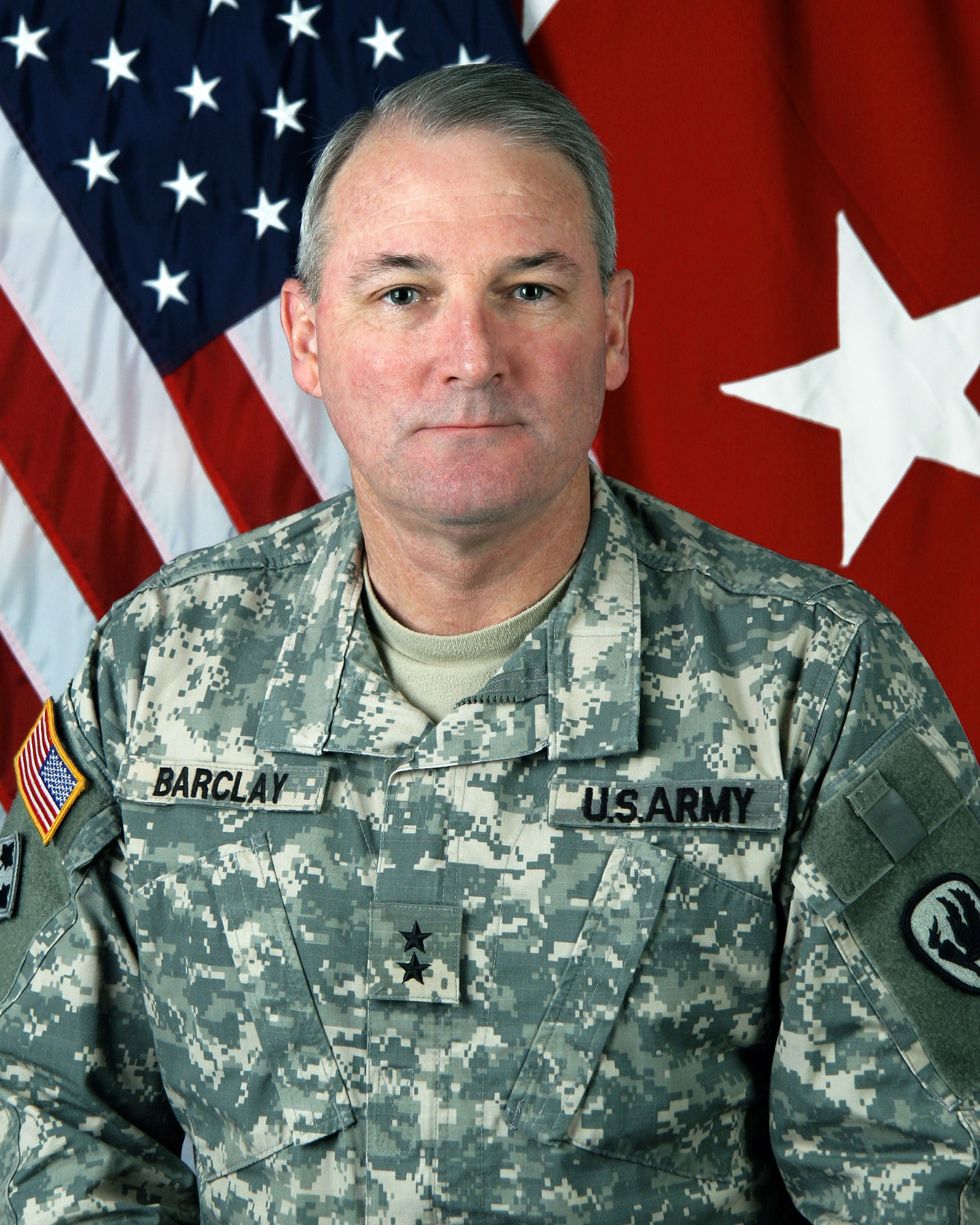Thirty-one years ago, I stepped out of the U.S. Military Academy and into an Army that was a shell of what it is today. Five years out of Vietnam, we were struggling to rebuild our institution while our operating Army sat mostly idle peering eastward from our defensive positions in Western Europe at our single adversary, the Soviet Union.
The Army's slice of the 1978 defense budget of $104 billion offered meager resources to train collectively and little, if any, to develop our noncommissioned officers and officer corps professionally.
Although the all-volunteer Army was five years old, troubled teens were still being given the opportunity by local judges to either join the Army or go to jail. It seemed our greatest accomplishment was the incorporation of the Women's Army Corps, which had been an institution in itself since 1942, into the Regular Army.
On the domestic side, the Arab oil embargo forced gas prices over the one-dollar level, and gold was selling at an all-time high of $200 an ounce. We were introduced to the first cellular mobile phone system, young Americans were fascinated by gaming technology that gave them Space Invaders and the first computer bulletin board went online in Chicago.
Fast forward to 2009. We have a different world and a much different Army. What was once a relatively predictable operating environment for our Army has given rise to an atmosphere of instability, volatility, uncertainty and complexity.
Some symmetrical threats to national security remain, but increasingly opponents are seeking asymmetrical advantages ranging from nuclear capability to irregular warfare.
The advances in information technologies have served to enable some while hampering and confusing others. Eight years of warfighting have hardened our Army but have also exposed areas that clearly need attention.
While Gen. George Casey, our Army Chief of Staff, is working to rebuild an Army that is a versatile mix of tailorable and networked organizations operating on a rotational cycle, we are challenged as a Branch to also transform in order to meet the demands of the current operating environment.
Never in our Army's brief but distinguished history has there been such an increased demand for Army Aviation full-spectrum capabilities and our experiences in Iraq, Afghanistan, and around the world place an incredible responsibility on the Army Aviation Center of Excellence and Fort Rucker.
To meet these demands, we, as an institution, must become agile, innovative, flexible and adaptive. That requires change - change in our practices and processes as well as change in how we view ourselves and our ideas.
Our contribution to the warfight is not, and cannot, be measured by proximity to the battlefield but by each and every individual's efforts here at USAACE to produce trained, educated and experienced Aviation Soldiers and leaders.
Over the past year we have received unprecedented fiscal support from our nation's senior civilian and military leaders. Today we are diligently using that help to increase the number of instructor-pilots so that we can increase the number of flight students.
We are renovating hangars, building or improving our classrooms and adding information technologies to keep up with the physical improvements. But beneath the surface we are still hampered by outdated antiquated, and inefficient processes, and this is where the real transformation must begin.
We cannot waste this huge investment by remaining inflexibly wedded to the past. We cannot rely on money alone to take us forward to meet future requirements. We must change how we do business.
I am asking every Soldier, NCO, officer, Army civilian and contractor here at Fort Rucker, at the Aviation Logistics School at Fort Eustis, Va., and at the Unmanned Aircraft Systems Training Battalion at Fort Huachuca, Ariz., to stand up and be a part of our Branch's transformation.
I envision an environment throughout the Army Aviation Center of Excellence in which inefficient processes are replaced with greater efficiency, effectiveness, flexibility, innovation and creativity.
I am asking you, the people who do the hard work day-in and day-out, to identify shortfalls and inefficiencies, and to take creative and innovative action to implement solutions. In turn, I pledge to you over the course of the next year or two, you will see the fruits of your labors.
I will ensure action is taken and credit goes where credit is due. As we begin to fix our problems and incorporate best practices, every leader in every organization will be informed and aware so our organizations "learn faster" and adapt knowledge more responsively and effectively.
You will see the impact you and others make, and you will feel the strength of Army Aviation when you look into the eyes of the Soldiers who make up our great Army and our great Aviation Branch.
Whether it is how we in-process new Soldiers or how we pave potholes, if it does not pass the common sense test, if there is a better way to do it or if it is something we should not be doing at all, make your observations known.
Change begins with you. Take the challenge.


Social Sharing